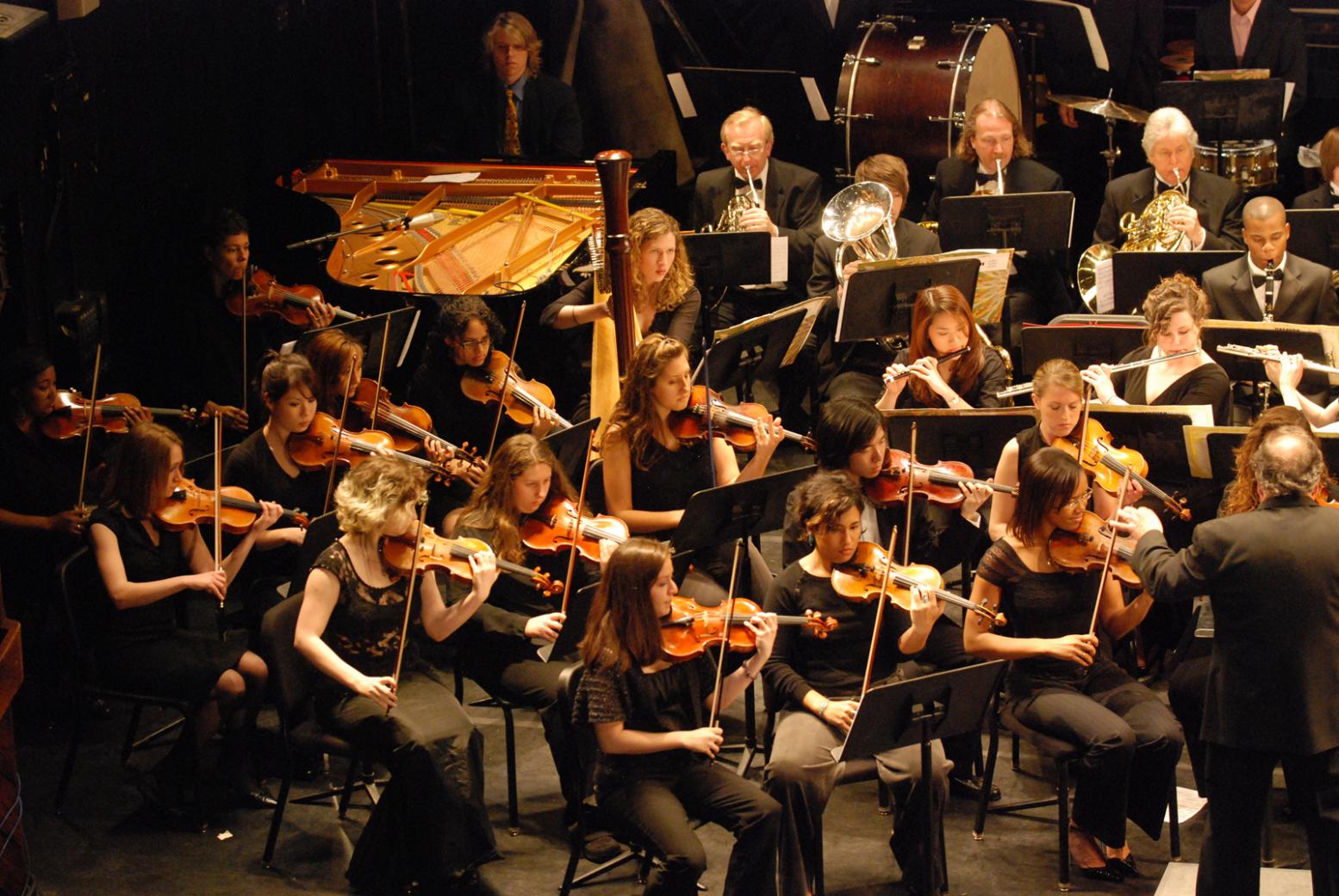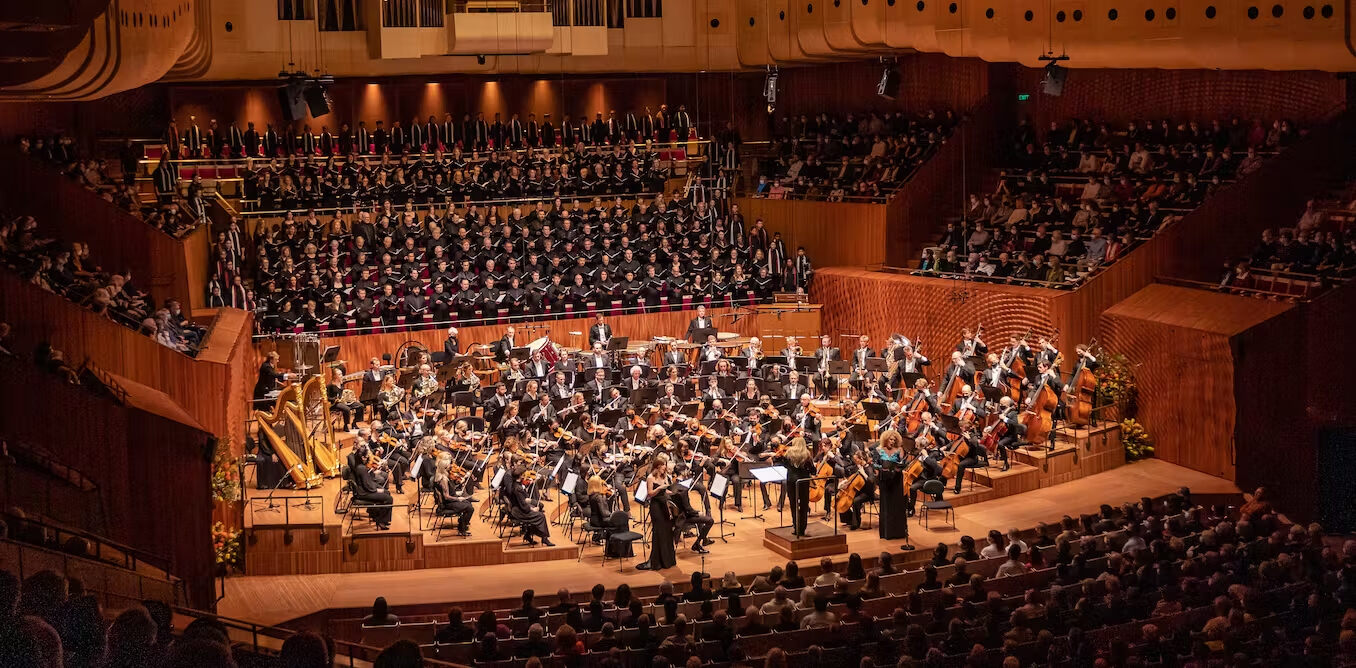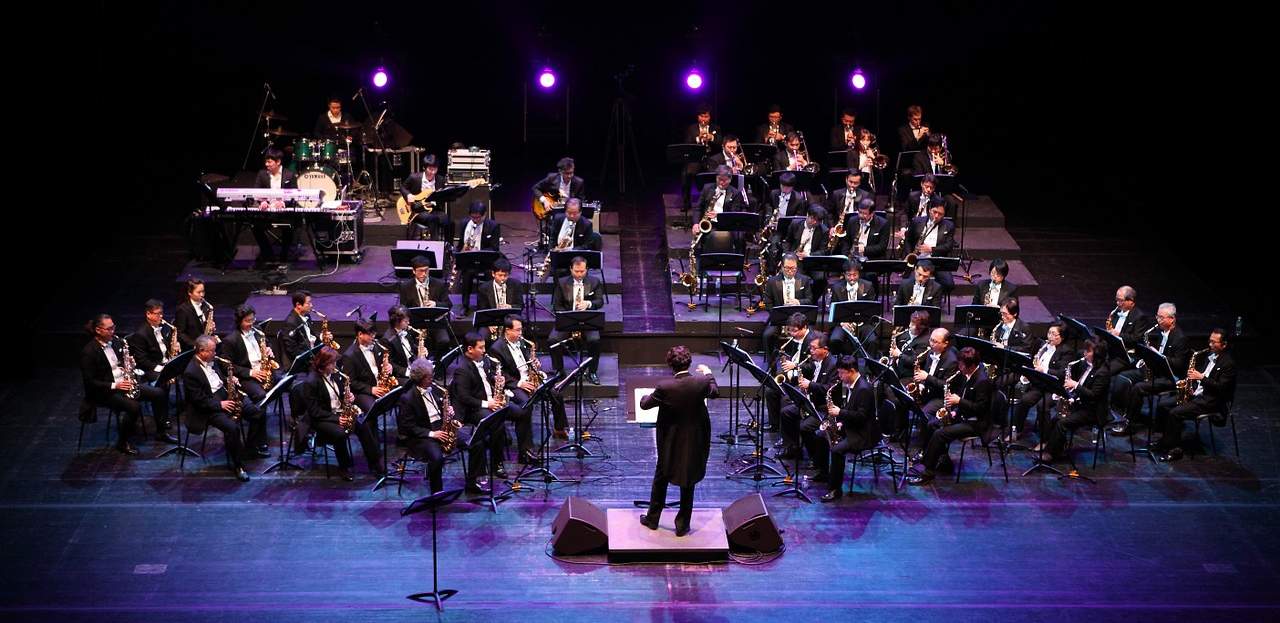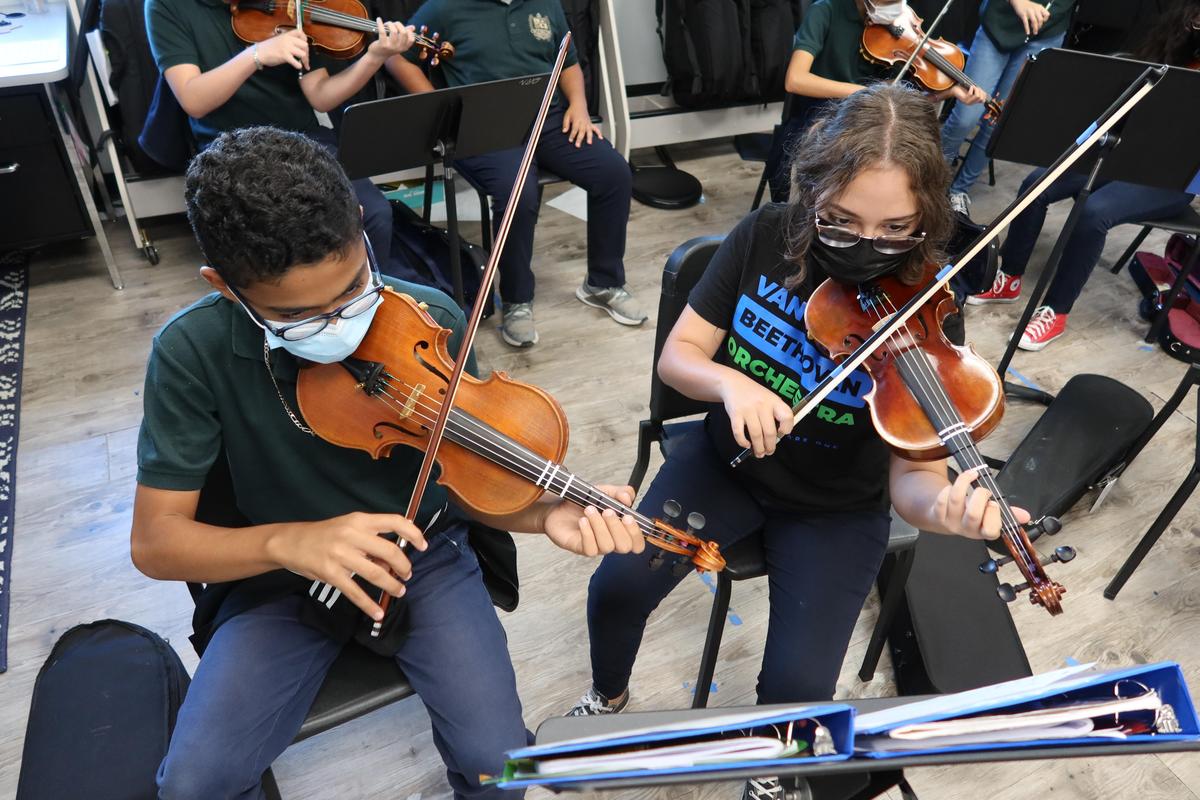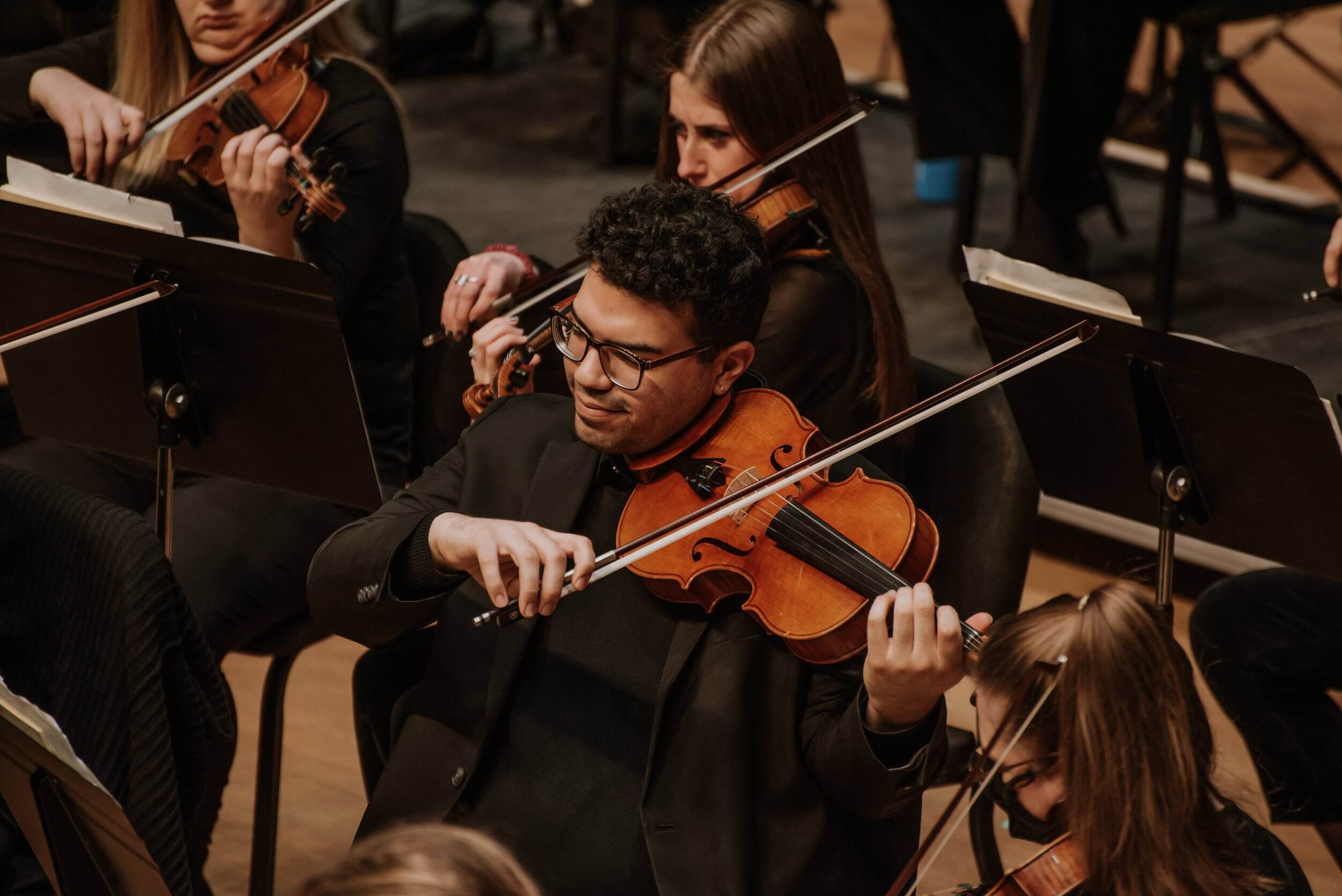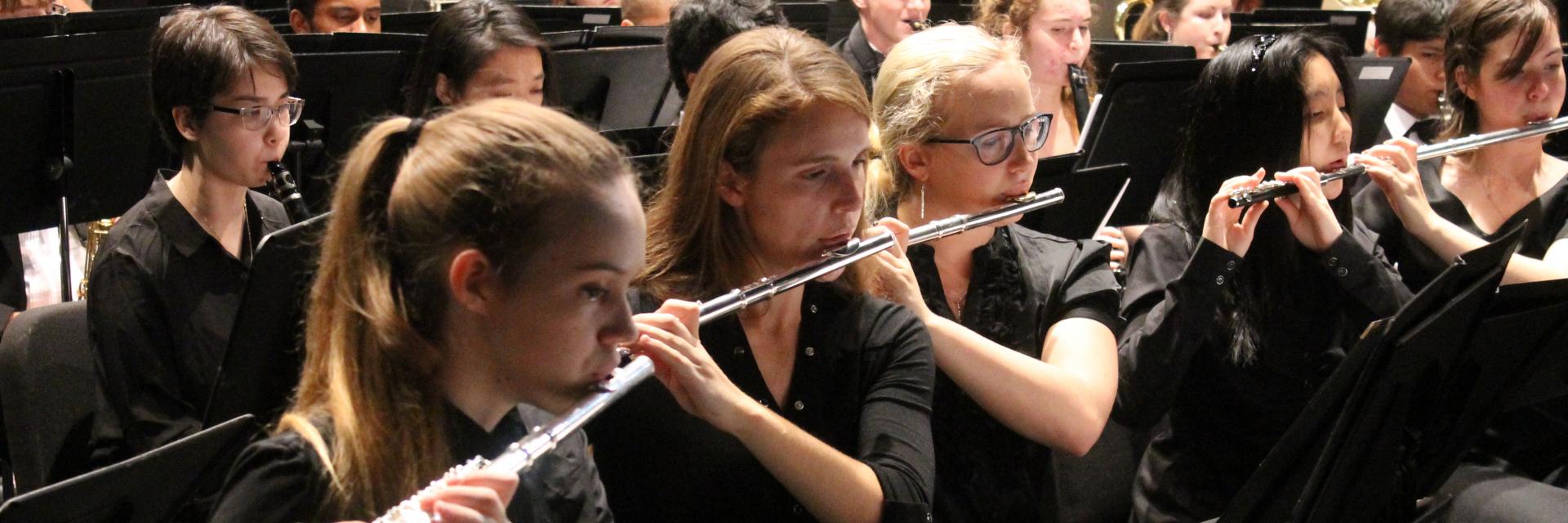Home>Production & Technology>Orchestra>How To Join An Orchestra
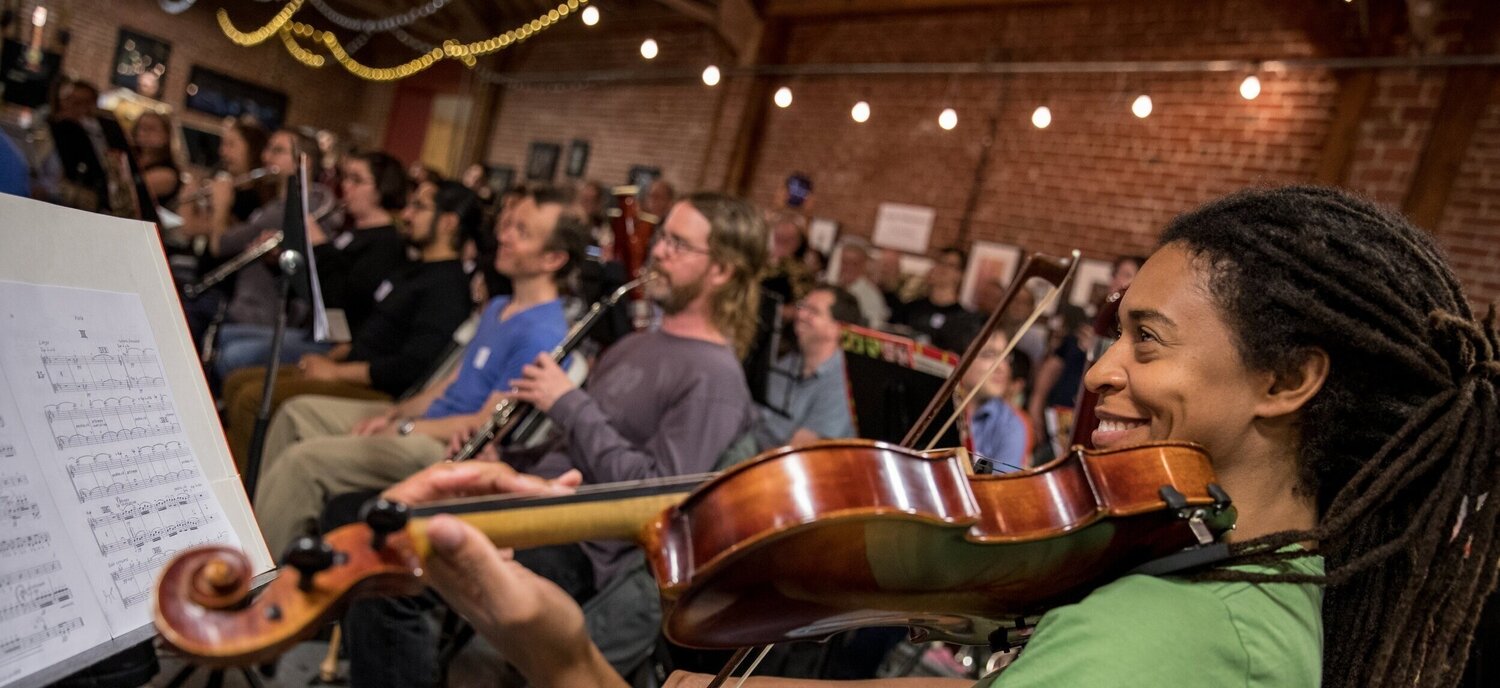

Orchestra
How To Join An Orchestra
Modified: February 25, 2024
Learn how to join an orchestra and become part of a vibrant musical community. Discover the steps to audition and excel in an orchestra setting.
(Many of the links in this article redirect to a specific reviewed product. Your purchase of these products through affiliate links helps to generate commission for AudioLover.com, at no extra cost. Learn more)
Table of Contents
Finding the Right Orchestra
Joining an orchestra can be an incredibly rewarding experience for musicians. Whether you're a seasoned professional or an aspiring instrumentalist, finding the right orchestra to join is a crucial step in your musical journey. Here's how you can embark on this exciting quest:
-
Research and Explore: Begin by researching orchestras in your local area or within a reasonable commuting distance. Consider the genre and style of music they perform, as well as their reputation within the musical community. Some orchestras specialize in classical repertoire, while others may focus on contemporary or experimental music. Take the time to explore their past performances, repertoire, and the overall vibe of the ensemble.
-
Networking and Recommendations: Reach out to fellow musicians, music teachers, and mentors for recommendations and insights. Networking within the musical community can provide valuable information about different orchestras, their leadership, and the overall experience of being a part of the ensemble. Attending concerts and events featuring local orchestras can also give you a sense of their artistic direction and performance quality.
-
Audience Perspective: Consider attending concerts as an audience member to experience the orchestra's dynamics, musicality, and stage presence firsthand. This can offer valuable insights into the ensemble's cohesion, interpretation of music, and overall impact on the audience. Observing the orchestra from the audience's perspective can help you gauge whether it aligns with your musical aspirations and values.
-
Mission and Values: Look into the mission and values of the orchestras you're interested in. Some orchestras prioritize community engagement and education, while others focus on pushing artistic boundaries and innovation. Understanding an orchestra's core values can help you determine if it resonates with your own musical goals and aspirations.
-
Open Rehearsals and Workshops: Many orchestras offer open rehearsals or workshops for prospective members. Attending these events can provide a glimpse into the orchestra's inner workings, the conductor's leadership style, and the collaborative dynamics among the musicians. It's an excellent opportunity to observe the ensemble in action and gain a deeper understanding of its musical ethos.
By taking these steps, you can navigate the process of finding the right orchestra with confidence and clarity. Each orchestra has its own unique identity and musical journey, and finding the one that aligns with your artistic vision and aspirations is a significant milestone in your musical career.
Preparing for Auditions
Preparing for an orchestra audition is a pivotal phase in the journey of any musician. It requires dedication, discipline, and a strategic approach to showcase your musical prowess and readiness to contribute to the ensemble. Here's a comprehensive guide to help you prepare effectively for auditions:
1. Repertoire Selection:
Selecting the right repertoire is crucial. Review the audition requirements provided by the orchestra and choose pieces that demonstrate your technical proficiency, musicality, and versatility. Consider showcasing contrasting styles to exhibit the breadth of your musical abilities.
2. Technical Mastery:
Dedicate focused practice sessions to master the technical intricacies of the selected repertoire. Pay attention to intonation, rhythm, dynamics, and articulation. Work on challenging passages systematically, ensuring precision and clarity in your performance.
3. Musical Interpretation:
Delve into the musical interpretation of the pieces. Understand the historical context, composer's intent, and stylistic nuances. Infuse your performance with expressive phrasing, emotional depth, and a nuanced understanding of the musical narrative.
4. Mock Auditions:
Simulate the audition environment by arranging mock auditions with peers, mentors, or instructors. This provides valuable experience in managing performance anxiety and receiving constructive feedback. Emulate the focus and composure required in a formal audition setting.
5. Mental and Physical Preparation:
In the days leading up to the audition, prioritize mental and physical well-being. Engage in relaxation techniques, mindfulness practices, and physical exercises to alleviate stress and maintain peak performance condition. A balanced approach to mental and physical wellness is essential for optimal audition preparation.
6. Mock Auditions:
Simulate the audition environment by arranging mock auditions with peers, mentors, or instructors. This provides valuable experience in managing performance anxiety and receiving constructive feedback. Emulate the focus and composure required in a formal audition setting.
7. Research the Orchestra:
Gain insights into the orchestra's repertoire, artistic direction, and performance style. Understanding the ensemble's musical identity can inform your interpretive choices and demonstrate your alignment with the orchestra's artistic vision during the audition.
8. Professionalism and Etiquette:
Familiarize yourself with audition etiquette and professional conduct. Arrive early, dress appropriately, and engage respectfully with the audition panel and fellow musicians. Demonstrating professionalism reflects your commitment to being an integral part of the orchestra.
By meticulously preparing for auditions with a blend of technical proficiency, musical insight, and mental fortitude, you can present your best musical self and embark on a transformative audition experience. Each step taken in the preparation process contributes to your growth as a musician and sets the stage for a compelling audition performance.
Auditioning for an Orchestra
Auditioning for an orchestra is a defining moment in a musician's journey, encapsulating a blend of anticipation, preparation, and artistic expression. As you step into the audition space, it's essential to embrace the opportunity to share your musical narrative and connect with the ensemble's vision. Here's a comprehensive insight into the intricacies of auditioning for an orchestra:
1. Artistic Communication:
The audition serves as a platform to communicate your musical voice and interpretation. Each note played resonates with intention, reflecting your dedication to the craft and your unique artistic perspective. Embrace the opportunity to convey your musical narrative with clarity and conviction, establishing a profound connection with the audition panel and the essence of the music.
2. Collaborative Dynamics:
While auditioning, envision the collective synergy that defines orchestral performance. Showcase not only your technical proficiency but also your ability to listen, adapt, and contribute to the ensemble's musical tapestry. Embody the spirit of collaboration through your performance, demonstrating an understanding of your role within the orchestral ecosystem.
3. Musical Resonance:
Infuse your performance with emotional resonance and musical depth. Each phrase should unfold with expressive authenticity, evoking a profound emotional impact. Embrace the transformative power of music, allowing each note to resonate beyond the confines of the audition space and reverberate with the panel and fellow musicians.
4. Adaptability and Versatility:
Demonstrate adaptability by embracing unexpected musical challenges presented during the audition. Whether it's sight-reading a new piece or adjusting to dynamic shifts in the repertoire, showcase your versatility and composure. Embrace the spontaneity of the audition process, transforming potential obstacles into opportunities to showcase your adaptability and musical agility.
5. Artistic Alignment:
Align your performance with the musical identity and ethos of the orchestra. Understand the ensemble's repertoire, interpretive approach, and artistic aspirations. Tailor your performance to reflect a harmonious resonance with the orchestra's vision, showcasing your potential to be an integral part of the ensemble's artistic journey.
6. Reflective Growth:
Regardless of the audition outcome, view the experience as a catalyst for reflective growth. Embrace the feedback provided by the panel as valuable insights for your musical development. Celebrate the courage and artistry displayed during the audition, recognizing that each performance contributes to your evolution as a musician.
As you navigate the audition process, embrace the opportunity to transcend the confines of a mere assessment and instead, share a compelling musical narrative. Your performance is a testament to your artistic journey, resonating with the transformative power of music and the potential for collaborative artistry within an orchestral setting.
Rehearsing and Performing with the Orchestra
Rehearsing and performing with an orchestra is a dynamic and immersive experience that transcends individual artistry, emphasizing collective synergy, artistic cohesion, and the transformative power of collaborative music-making. As a member of an orchestra, each rehearsal and performance unfolds as a captivating journey, characterized by meticulous preparation, artistic camaraderie, and the shared pursuit of musical excellence.
1. Artistic Preparation:
The rehearsal process serves as a platform for artistic exploration and refinement. As musicians converge, each section meticulously delves into the intricacies of the repertoire, honing technical precision, interpretive nuances, and ensemble dynamics. The conductor's guidance navigates the orchestra through the musical landscape, shaping a cohesive interpretation that embodies the composer's vision while infusing it with the ensemble's unique artistic imprint.
2. Collective Interpretation:
Within the orchestral tapestry, individual voices harmonize to form a symphonic narrative. Each musician contributes to the collective interpretation, embracing the interplay of melodies, harmonies, and rhythms. The rehearsal environment fosters a collaborative spirit, where musical ideas are exchanged, refined, and woven into a unified sonic tapestry that transcends individual contributions.
3. Artistic Dialogue:
Rehearsals unfold as dynamic dialogues, where musicians engage in a profound exchange of musical ideas. The synergy between sections cultivates a rich tapestry of sound, characterized by seamless transitions, nuanced phrasing, and a shared commitment to musical storytelling. This artistic dialogue extends beyond verbal communication, resonating through the expressive language of music.
4. Performance Dynamics:
Stepping onto the concert stage, the collective energy of the orchestra converges into a transformative musical experience. The culmination of dedicated rehearsals manifests in a performance that transcends technical proficiency, encapsulating emotional depth, artistic resonance, and a profound connection with the audience. Each note resonates with the shared dedication and passion of the ensemble, enveloping the concert hall in a captivating sonic narrative.
5. Harmonious Collaboration:
The performance with an orchestra embodies the spirit of harmonious collaboration, where musicians unite to create a transcendent musical experience. The conductor's guidance serves as a unifying force, leading the ensemble through a compelling artistic journey that unfolds with precision, passion, and a profound sense of collective purpose.
6. Artistic Fulfillment:
As the final notes reverberate, a sense of artistic fulfillment permeates the concert hall. The shared journey of rehearsing and performing with the orchestra culminates in a transformative experience that resonates with both the musicians and the audience. The collective pursuit of musical excellence and the immersive artistic dialogue converge to create an indelible musical legacy that transcends the confines of the concert hall.
Rehearsing and performing with an orchestra is a testament to the power of collective artistry, where individual voices converge to form a symphonic narrative that resonates with profound emotional depth and artistic resonance. It is a journey marked by the harmonious interplay of creativity, collaboration, and the transformative potential of music.


